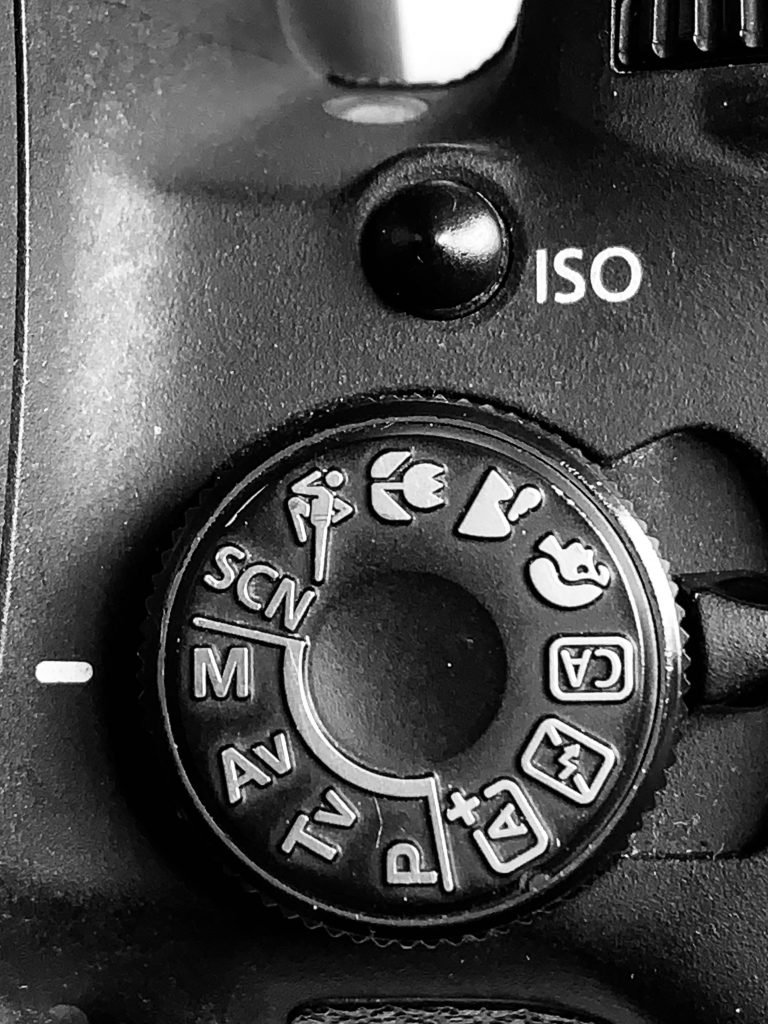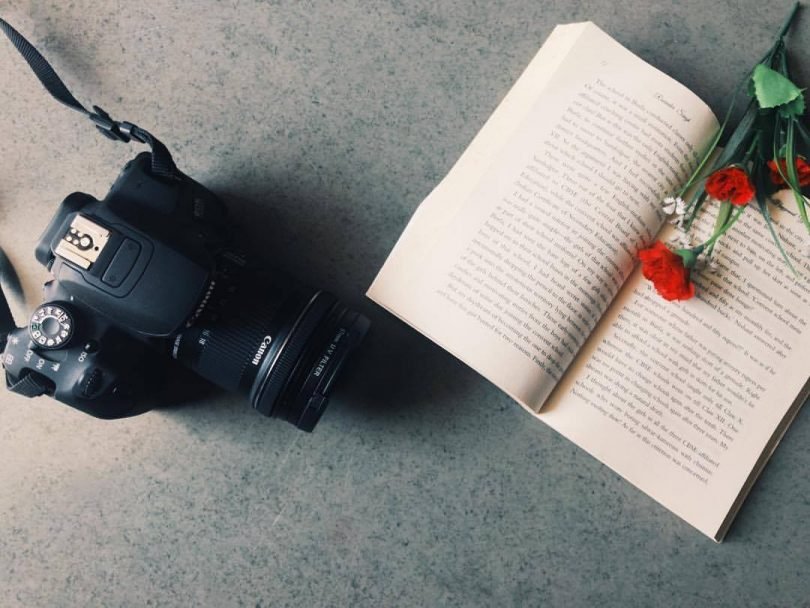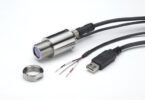“…SKILL in Photography is acquired by PRACTICE, not by PURCHASE...”
BASIC PHOTOGRAPHY TERMS FOR BEGINNERS
Every pro was once a beginner. The journey from a beginner to a pro needs a good clarity with the terms and techniques used in it. When it comes to photography, there is always a curiosity about the mechanism of camera and lens. Indeed, it is important to have a good knowledge regarding the gadget we use, whether it is our camera, lenses, smartphones, etc.
Now, there are several questions that arises in a beginner’s mind regarding the terminologies used by the professionals. Sometimes, even professionals fail in understanding the them due to the usage of complex words in their definition.
Being a self-taught photographer often leads to be under the less or no guidance of professionals. This scenario will often keep the beginners away from the tech savvy, hence there is no growth in the technical terms. These terms help us while clicking pictures.
If we are a tech savvy, then it will help us to portray an excellent image and if, we lack the basic knowledge of photography, then we will not be able to click good images, even if we have the most expensive photography gadgets of the universe.
Basically, there are 2 modes of a DSLR camera- Auto mode and Manual mode. Under the auto mode, the camera makes changes itself according to the environment around. But when you opt to click under the manual mode, then it is important for you to get clear with basic terminologies and the figures that are required to click a good photograph.

So, this article of mine will focus on the basic terms often used in the field of photography, in a simpler form, that is required to be kept clear in mind while clicking pictures because everybody wants to click an excellent picture, such as-
- FOCAL LENGTH
- APERTURE
- SHUTTER SPEED
- ISO
- ZOOM AND PRIME LENSES
- STABILIZER AND AF-MF
PRO TIP- ALWAYS CHOOSE LENS ACCORDING TO YOUR PRIORITY. IF YOU ARE INTO WILDLIFE PHOTOGRAPHY, GO FOR TELEPHOTO LENSES AND IF YOU ARE A TRAVEL PHOTOGRAPHER OR A TRAVEL BLOGGER, OPT FOR WIDE-ANGLE LENSES.
FOCAL LENGTH-

In simple words, FOCAL LENGTH is the distance between the sensor of the camera and the optical center of lens. It is measured in millimeters (mm). In other words, the length of your lens is termed as focal length.
Ever wondered, what are those numbers on your lenses in mm..?
Well, that is what is FOCAL LENGTH..!!!
You can find it on the top of the lens and also near to the place where it gets attached to the body.
APERTURE-

In the field of photography, LIGHT plays a very important role. It is the light that helps in either making an image or messing up with picture. An opening, in the lens, from which the light passes so that it can enter inside the camera, is known as APERTURE. It is expressed in f/numbers such as, f/2.8, f/5.6, f7.1, etc.
Size and number of aperture are inversely proportional to each other. Smaller the aperture number, larger are the aperture size and larger the aperture, smaller is the size. So, if you think that f/22 is the larger aperture, then you are wrong. Therefore, f/2.8 is larger than f/22.
SHUTTER SPEED-

As we know that light plays a major role in photography and aperture is an opening through which the light passes inside the camera, now comes the length of time for which, the sensor of the camera has to be exposed to the light. We can also say that, the length of time for which the aperture is kept open, is known as SHUTTER SPEED.
Shutter speed is measured in seconds, or in a fraction of seconds. There are many cameras that can handle the fast speed of 1/4000th of a second and much more, whereas the longest shutter speed available is of 30 seconds.
Shutter speed helps in freezing the moment or the movement of any subjects like a car moving in a great speed, movement of water, water droplets, etc. Slower shutter speed helps in capturing at night. It totally depends on the photographer what kind of photograph they have to capture.
ISO-

ISO is another way of brightening the picture, only when you cannot use the wide aperture or a longer shutter speed. ISO is measured in numbers like 100, 200, 400, 800, 1600, and so on. Smaller the number, darker is the image.
Usually, when the ISO is increased, it gives a grainy image, therefore an increment in the number should not spoil the image quality.
ZOOM AND PRIME LENS-

Photographer- Nyonika Rawal
After learning and understanding about the basic terms related to the field of photography, it is important to know about the lenses that we use.
The basic difference between the zoom and prime lens is that, the focal length of the zoom lens can be adjusted according to the distance of the subject. They have a multiple focal length.

Photographer- Nyonika Rawal
For example- if you are using 55-250mm lens, then the focal length can be adjusted at 55mm, 250, mm and at all the levels in between.
On the other hand, while using 50mm prime lens, the focal length will remain fixed at 50mm only. It will not change like the zoom lens does.

Photographer– Richa R
When it comes to the sharpness of the image, prime lens are capable of producing the sharp images due to the less number of hurdles for the light to reach the sensor of the camera, whereas zoom lens fail in producing sharp images. Although there are few lenses who have overcome this factor.
The pro of having the zoom lens is that they are all-rounder due to their various focal lengths.
PRO TIP- ALWAYS BUY ALL THE KIT LENSES WITH YOUR DSLR CAMERAS. THERE ARE 2 TYPES OF LENSES AVAILABLE WITH THE CAMERA OF 2 DIFFERENT FOCAL LENGTH. PRACTICING WITH THOSE LENSES CAN HELP ANY BEGINNER TO BECOME A PRO IN PHOTOGRAPHY.
STABILIZER–
On the lens, there is a small switch termed as STABILIZER. As the name suggests, there is a word “stable” in it, that means firm or fixed. When the stabilizer is on, it helps in reducing the hand shake while clicking pictures. Thus it helps in giving out the less blurry images.

AF-MF-
AF-MF is the short form for auto focus and manual focus, respectively. Besides the stabilizer switch, there is a switch for AF and MF. In auto focus, lens adjusts itself for focusing over the subject whereas, under the manual mode, the photographer adjusts the focus on the subject accordingly.
There are several other numbers written at the end of the lens like 52mm or 58mm. Those figures are the diameters of the lens that help us putting up the filters on the lens.
“LET YOUR WORDS BE FEW AND EXPOSURES MANY..“

Photographer
Summing up, APERTURE, SHUTTER SPEED and ISO plays the major role in the field of photography. If you can master the skills of using all these according to the environment in which you are clicking, then nothing can stop you from being a pro.
These terminologies confuse everyone in the beginning, but after regular practicing on the manual mode, you can have a good idea about the terms, usage of light and various other terms and tricks to click a good photograph.
There is a myth among people that having expensive camera and lenses will help you making up the best pictures, but it is not true. Your photography skills need to get brushed up properly in order to click an excellent picture.
I hope this article of mine has helped you out in getting cleared enough with the basic terminologies that were confusing all the time.
“KEEP PRACTICING, KEEP CLICKING!!!” 😉






